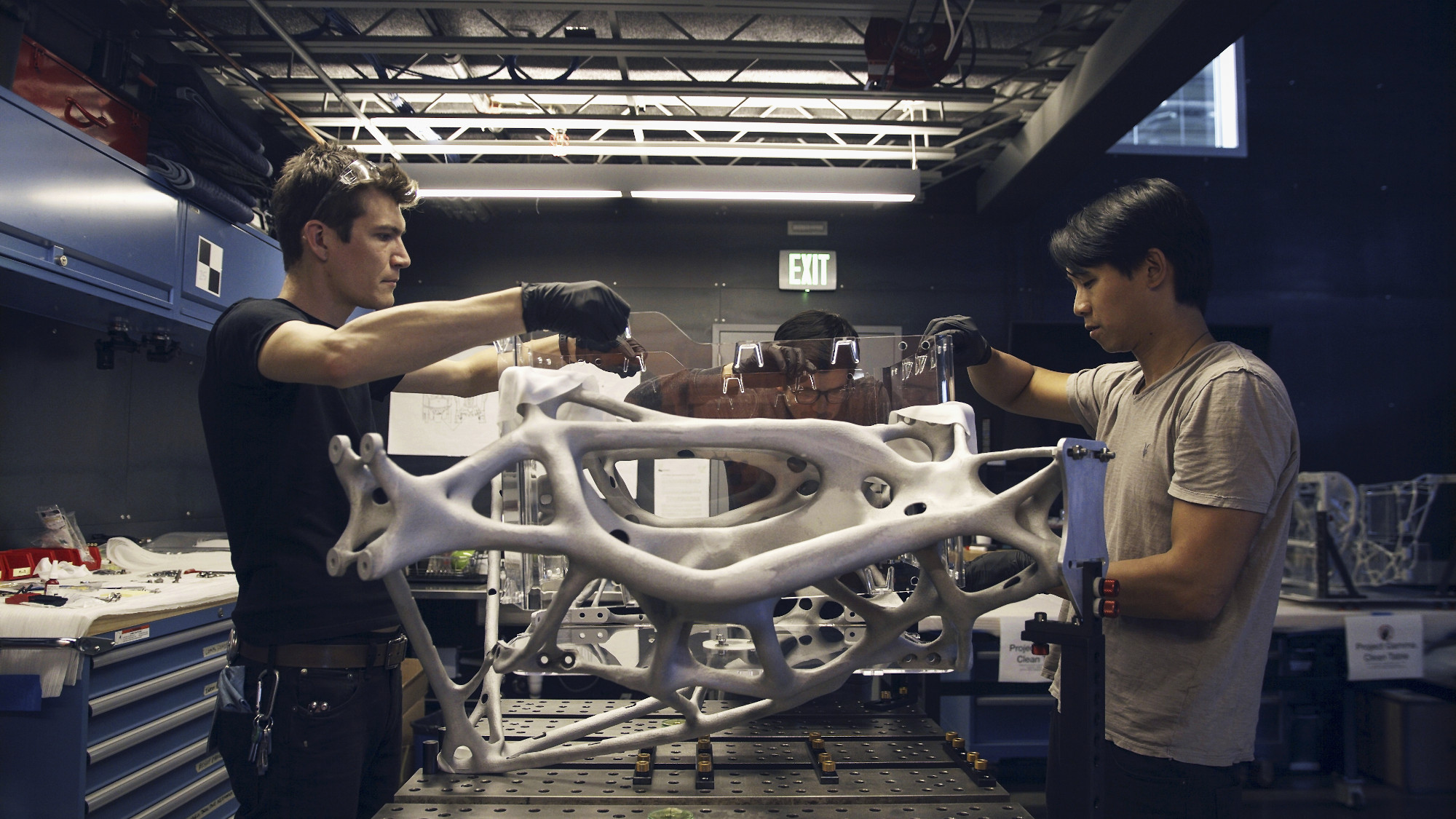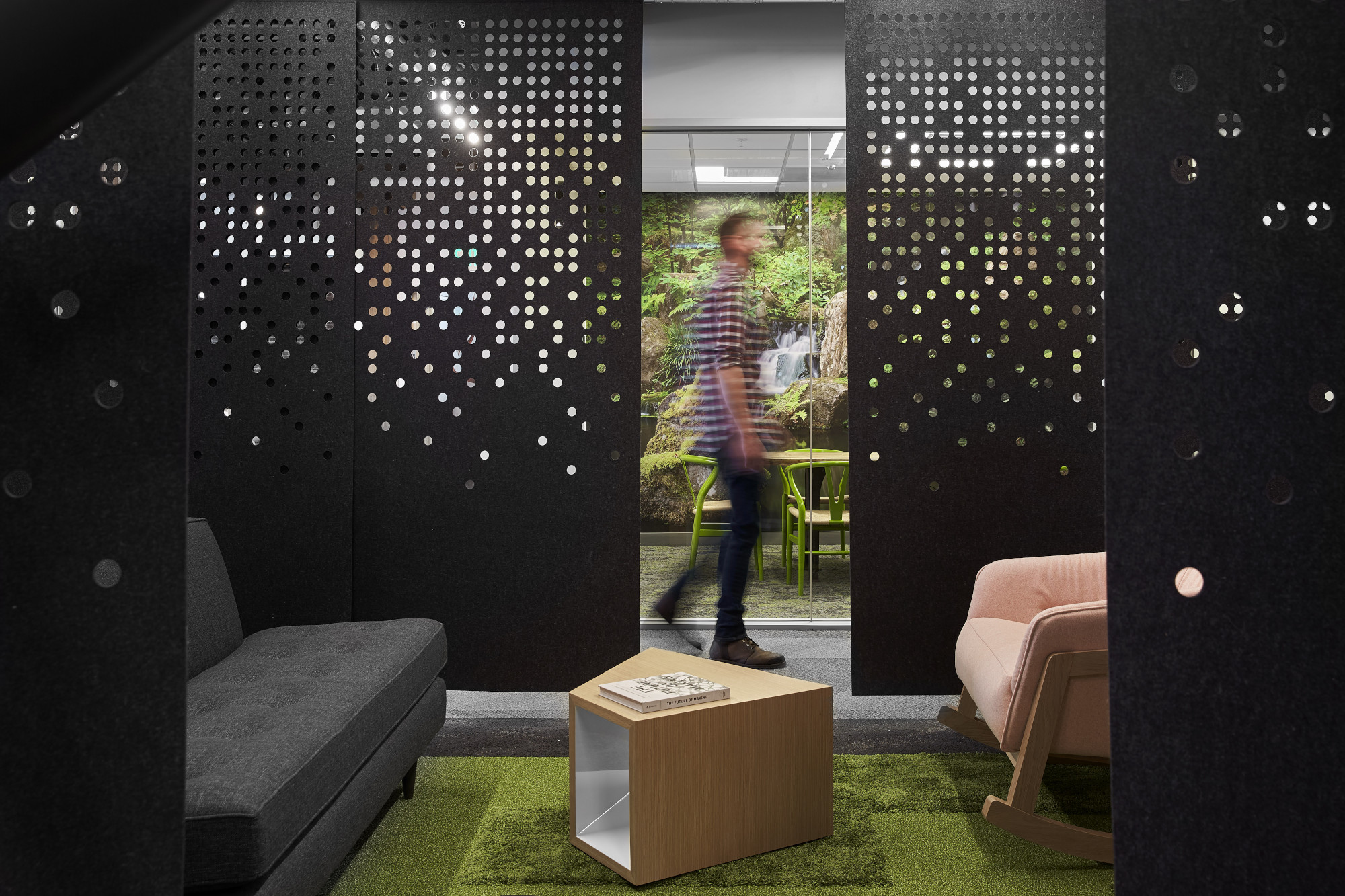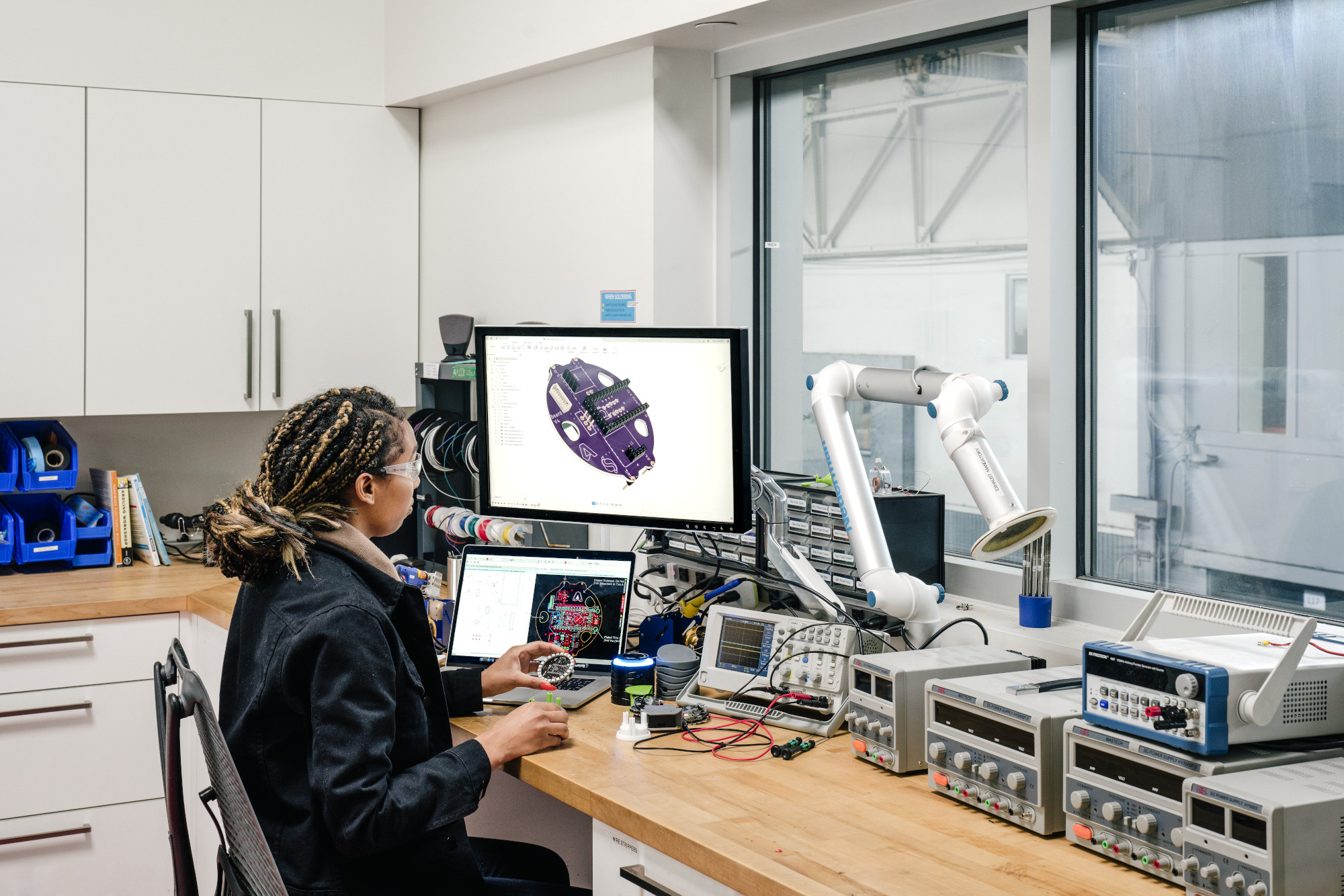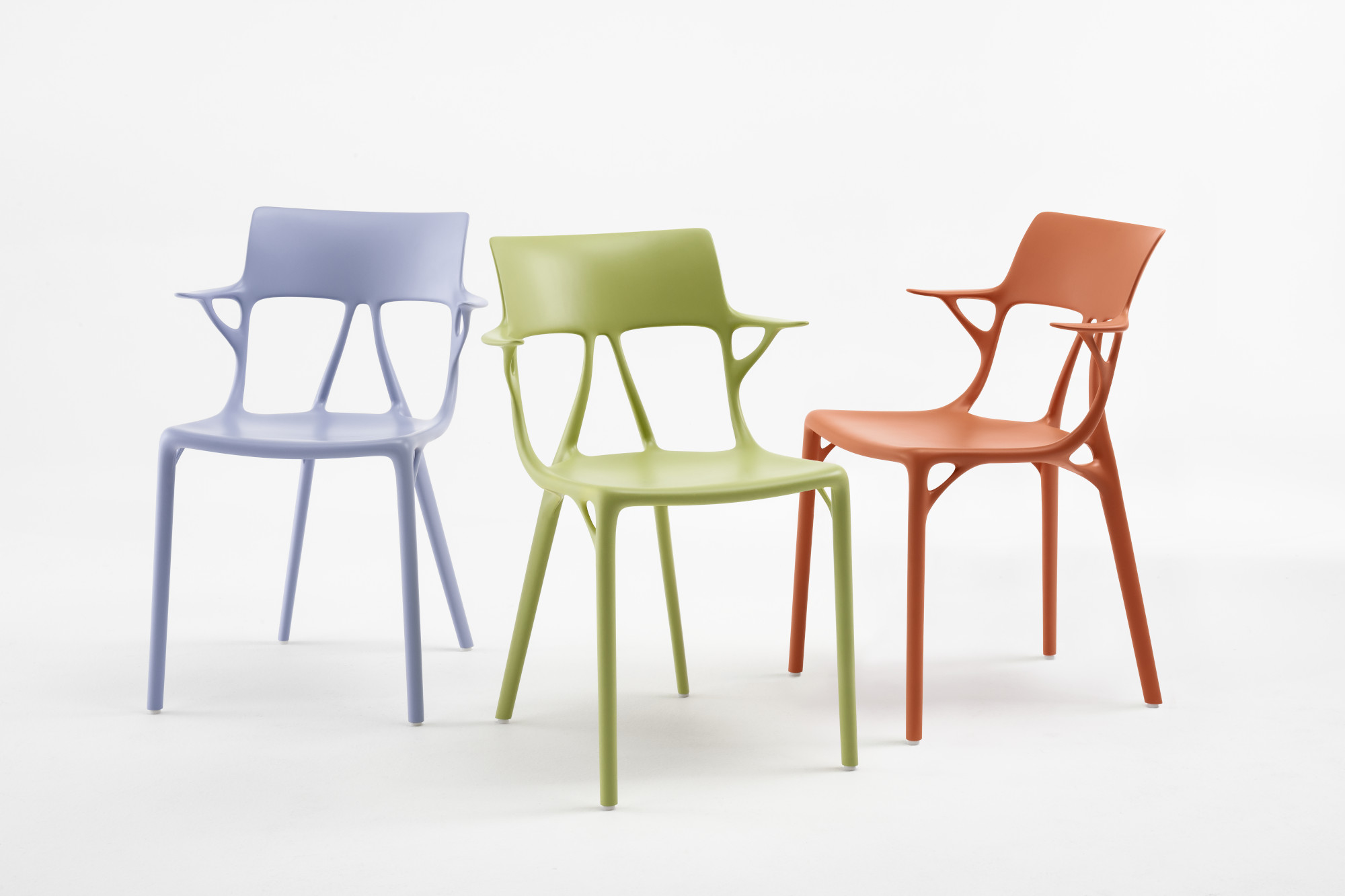Generative Design Can Help You Solve These Four Design Challenges

Generative design is like a Swiss Army knife—there’s a lot you can do with it. Like any digital tool, it’s come a long way since it was first introduced. Once used primarily for discrete functions like topology optimization—finding ways to use less material while maintaining performance—it’s now capable of solving for a multitude of constraints at once, giving you the power to explore design possibilities more fully than a human designer ever could alone. You enter the design goals, the desired fabrication methods, cost parameters, and other requirements, and it goes to work, generating, validating, and iterating solutions until you reach the one you consider optimal.
What specific design challenges can generative design help you solve in your work today? Check out a few of our favorites:
1. Optimize architectural spaces and flows

Complex buildings like hospitals need carefully designed spaces and flows. This is an area where generative design shines. Dominique Aupy shows you how his team at Engie Axima used Dynamo, Refinery, and coding to carry out parametric studies on flows of both people and products in a hospital pharmacy to optimize the BIM model for greater efficiency and a better working environment.
2. Design more sustainable products

Looking for ways to increase the sustainability of your product designs? Generative design excels at solving for multiple constraints at once—including constraints that might, at first glance, seem to conflict. Discover how you can use the technology to make lighter products with less material—thus making them more sustainable—while improving performance and also making them more cost effective in the long run. It’s an all-around win.
3. Build with better construction processes

Generative design can help you build better by optimizing construction processes. Learn how to apply generative principles to construction planning to mitigate risk, reduce cost overruns, and minimize waste. From sequencing of work to placing precast concrete panels to selecting the best place to put your crane, learn how to test options and find out what will deliver the best results.
4. Spark your creativity

Even the best designers can benefit from collaborating with artificial intelligence in the form of generative design tools. Master designer Philippe Starck turned to generative design to spark his creativity when designing his newest chair. Arthur Harsuvanakit shares the story from the AU Theater stage.
Interested in exploring the possibilities of generative design further? Autodesk University learning resources are ready when you are.




